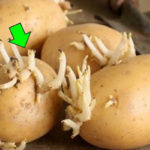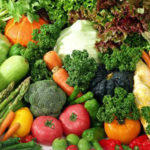Pork Parts Not to Eat
The most common diseases transmitted through pork are Salmonella, E. coli, and Trichinella… These pathogens can cause food poisoning. Specific symptoms include diarrhea, abdominal pain, and nausea. Alternatively, more severe symptoms such as fever, muscle pain, headache, and fatigue may occur.
The pork parts that can be infected include:
Pork intestine
Pork skin
Pork neck
Pork tenderloin
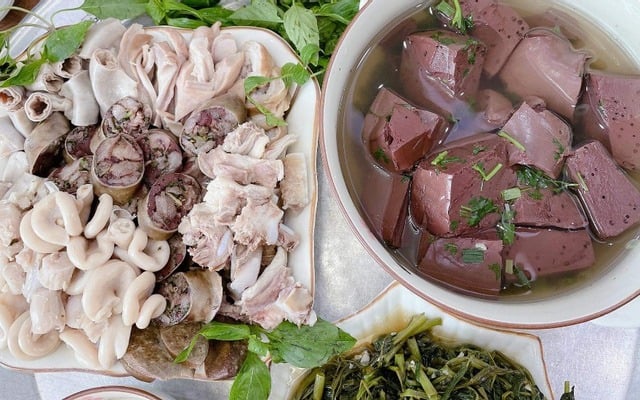
Experts advise against consuming excessive amounts of these foods.
Tips for Choosing Fresh and Delicious Pork:
Check the color
Choose fresh pork pieces that are bright in color. The color of good meat is usually light pink or light red, while fat is off-white.
Use a knife to cut a piece of meat vertically to check. The meat should be slightly firm, the surface should be dry, and the fat should be soft and smooth. These features indicate fresh and good meat.
Avoid choosing meat parts that have unusual or dull colors, or colors that are too dark. If the meat surface is shiny and slightly sticky to the touch, it is best to avoid buying it.
Check the smell
Good meat has a distinct aroma, which should not be unpleasant and should not have a rancid odor.
A piece of meat with a strange smell, a rancid odor, or a foul smell is spoiled meat and should not be bought.
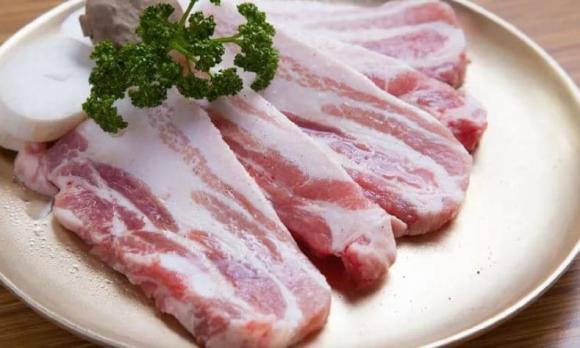
Check the elasticity
Press the meat with your hand, if it feels resilient and returns to its original shape after releasing, then it is fresh and good meat.
The meat should feel firm when touched, not too hard or too soft, and should not have any sticky liquid coming out.
Check the fat and skin
Pigs raised under normal conditions will have fat layers about 1.5 – 2 fingers thick. You can easily recognize thick fat and skin as basic signs to identify pork that is not excessively fattened.
Choose pieces of meat with separate fat and lean meat, but they must be tightly attached to each other. When touched, the meat and fat should not easily separate.
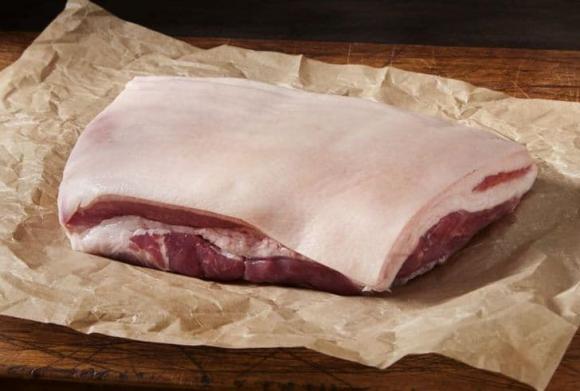
A piece of meat with separated fat and lean meat, and when touched, yellow liquid comes out, may be due to the pork being fed with additives and should not be purchased.
Choose pork from reliable sources. Check the production date and expiration date of the pork. Avoid consuming pork with abnormal signs such as bruising, discoloration, or foul odor. Cook the pork until it is light pink or white and there is no red color in the center. Wash hands after handling pork.

























